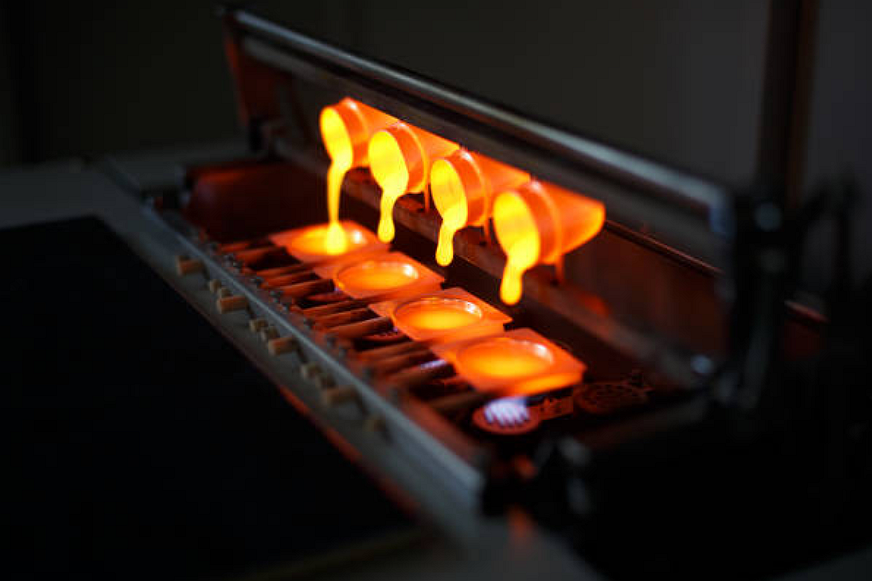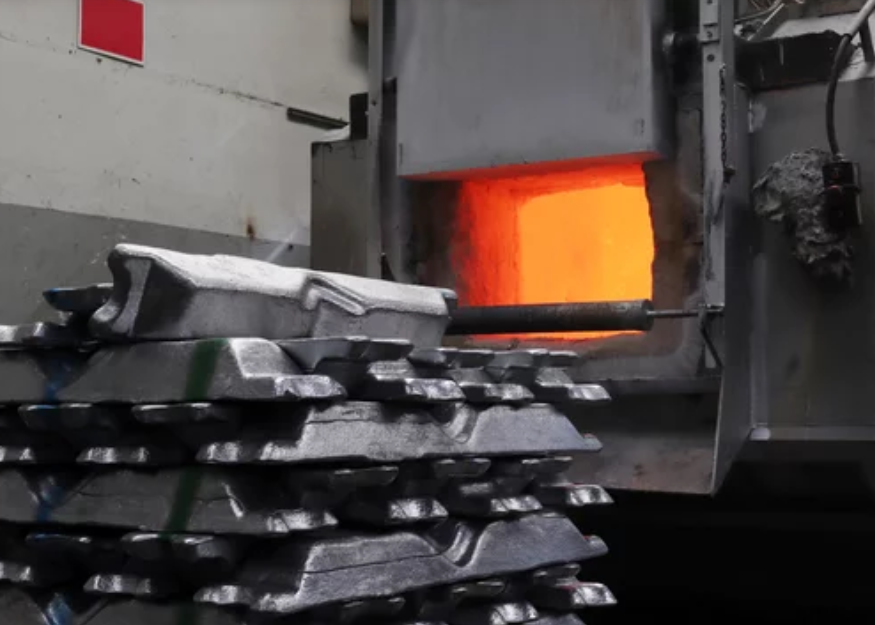How does Neway control superalloy microstructure and properties?
Neway controls the microstructure and properties of superalloys through tightly managed material selection, melt control, heat treatment, and validation methods that align with the demanding requirements of aerospace and energy applications. Each stage—from alloy preparation to final coating—plays a crucial role in achieving high-temperature strength, creep resistance, oxidation stability, and fatigue life.
Controlled Melting and Alloy Preparation
Performance begins with alloy preparation. Neway uses vacuum melting and controlled pouring environments to minimize gas pickup and segregation when producing nickel-based alloy castings and superalloy 3D printed components. For parts produced via investment casting, gating systems are optimized to produce uniform grain structures and minimize hot spots or shrinkage defects.
When part geometry includes internal channels, soluble or ceramic cores are positioned with precision to avoid microstructural distortion during solidification. Casting simulations help predict flow and solidification behavior, enabling core placement that supports consistent grain formation.
Heat Treatment to Refine Microstructure
Heat treatment is the key to achieving the desired mechanical profile. Neway follows strict temperature and time profiles aligned with its heat treatment standards to refine grain structure, promote gamma prime precipitation, and stabilize phase distribution. Multi-step aging treatments maximize creep resistance and ensure predictable long-term performance in high-temperature operation.
For alloys such as Inconel 718, Rene 41, or Rene 88DT, tight thermal control ensures uniform precipitation hardening without grain overgrowth or microcrack formation. This also sets the foundation for later coating adhesion and fatigue performance.
Microstructure Inspection and Validation
After casting and heat treatment, microstructure is inspected using metallographic evaluation, hardness testing, and non-destructive techniques such as CT and ultrasonic scanning. These are critical for identifying segregation, porosity, or unwanted grain boundary phases. Airflow and pressure-drop testing may also be applied when cooling channels are present.
Mechanical properties—tensile strength, creep resistance, low-cycle fatigue, and thermal stability—are validated through laboratory test coupons that represent the final geometry and heat treatment condition. This ensures that performance targets in aerospace and energy applications are fully met.
Coating Preparation and Surface Optimization
Before applying thermal barrier coatings or thermal coatings, Neway prepares surfaces using controlled sandblasting or chemical cleaning to ensure adhesion without altering microstructure. Bond coat application is precisely calibrated to avoid altering precipitation hardening profiles or weakening grain boundaries.
Digital Feedback and Process Refinement
Data from microstructure inspection and performance testing are fed back into casting simulations and heat treatment models. If variation is detected, parameters are refined, or prototypes are reproduced via rapid molding prototyping or updated 3D printed components for microstructural improvement. This closed-loop approach ensures consistent repeatability across batches.



